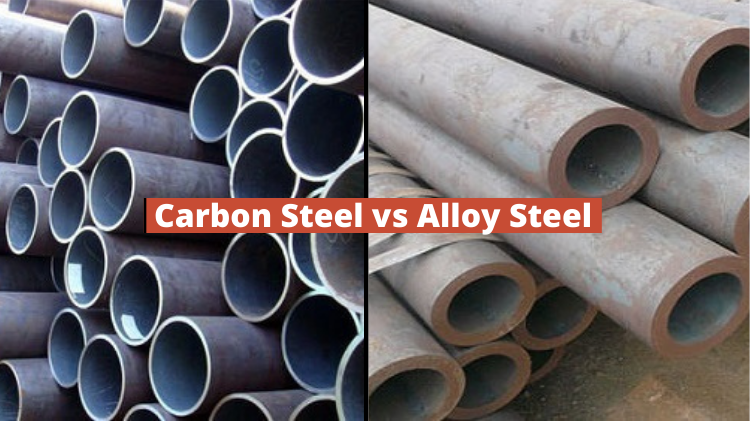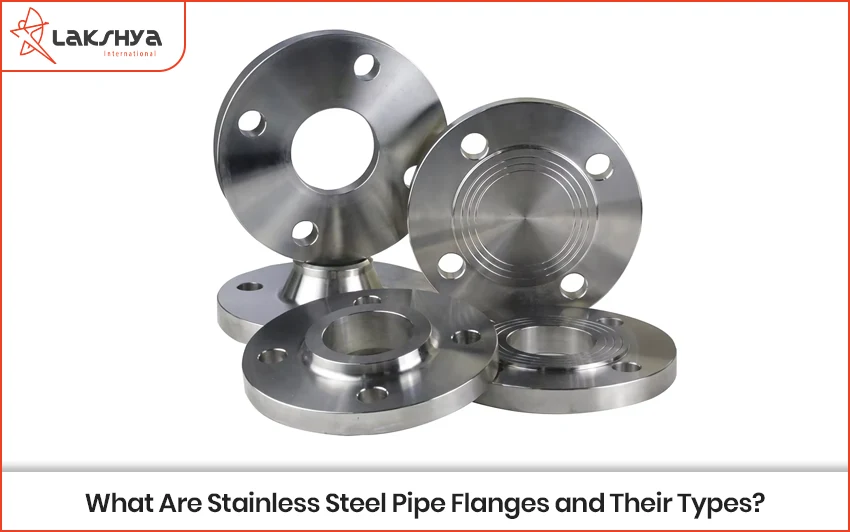Introduction
Carbon makes up between 0.02% and 2.1% of both kinds of steel, so why is carbon steel a type of steel? Most of the time, when people say “carbon steel,” they mean either carbon steel or low alloy steel. Alloy steel, on the other hand, is a type of steel alloy that has been made to not rust. In this article, we look at the similarities and differences between carbon steel and alloy steel.
Alloy Steel
Before, everyone was sure about what they knew about stainless steel. Like pots and pans, it’s the best stuff for cooking. A mixture of two or more types of metal is called an alloy. Today, we’re going to talk about alloy steel, which is also an alloy. This type of steel has manganese, iron, nickel, titanium, copper, chromium, and aluminium added to it in different amounts. The main difference between stainless steel and alloy steel is that alloy steel is made from materials that are similar to nickel and copper.
Manganese makes steel better at high temperatures because it stops unwanted things from growing, especially iron sulphide. Nickel and copper make the steel stronger and harder and keep it from rusting and oxidizing. Copper is only used in very small amounts, but it often makes things stronger and less likely to rust. Aluminum stops some impurities, like austenite rocks, from growing or forming. Chromium is an important part of alloys because it keeps them from rusting and wearing out. Steel gets very hard when heated, so this also makes it stronger.
High alloy steel and low alloy steel are the two types of alloy steel. Depending on how much alloy is in it, low-alloy steel usually has between 1% and 5% alloy. High alloy steel has only a small amount of elements that make it stronger. And stainless steel is the most well-known type of high alloy steel. There are different kinds of stainless steel because the amount of chromium varies. There is at least 12 percent chromium, and depending on how the steel is used, there can be as much as 27 percent.
Carbon Steel
Carbon steel is another type of steel that will be used to make this item. This kind of steel is mostly made up of carbon, not iron. When you heat the metal, the more carbon it has, the faster it will get hard. There is also low carbon steel, medium carbon steel, and high carbon steel. When 0.4% manganese is added to low-carbon steel, the amount of carbon doesn’t get close to 0.25 percent. They are the least expensive carbon steel and can be shaped easily, so they can be used for a wide range of things. The amount of carbon in medium carbon steel is always 0.54 percent, and the amount of manganese is always 1.65 percent. Because it has more carbon, this type of steel is heavier and less likely to wear down. This makes them less able to form quickly, though. High carbon steel, on the other hand, has up to 0.9% carbon.
Because it is the hardest and hardest to make, this type of carbon steel is only used when it is absolutely necessary. Some of the things it is used for are knives, tubes, and pipes. People who are interested in chemistry would know that the different forms of carbon are actually quite solid. Diamonds, which are the hardest thing on Earth, are made of carbon. This might help you understand why, when carbon and iron are put together, the result is strong enough to stand on its own without any other materials.
Now that we know what carbon steel is, let’s look at what makes carbon steel different from alloy steel. The pieces are not very close to one another. Iron can make up as much as 2.1% of the makeup of carbon steel. Any extra part that is found in this kind of steel is called impurity.
But adding the right elements to alloy steel is the only way to improve its qualities. Because of this, the alloy steel is heavier, stronger in tension, and less likely to rust. The quality of the ingredients used to make alloy steel affects how long it will last. On the other hand, the more carbon is in steel, the harder it is and the less useful it is. Carbon steel gets a two in the quality category, though. Carbon steel is a lot cheaper than other kinds of steel because it has less carbon in it. Because of the amount and type of alloy elements added, alloy steel can become very expensive.
Read More :
Features and Advantages of Hardox 400 Plates: Hardox 400 is a high-quality material that can be used for many different things. Hardox 400 lasts a long time and protects against corrosion, which makes it useful in a wide range of applications where there are many different kinds of environmental stresses, such as those caused by mechanical stress or exposure to the environment.
Benefits of Stainless Steel for Projects involving Fabrication: The wide use of stainless steel has changed the way metallurgical science is done. Stainless steel is the best metal for winning in the history of the world. Improvements have been made to a wide range of manufacturing equipment, from those used in the kitchen to those used in healthcare and construction. To choose a type of steel that will last a long time




